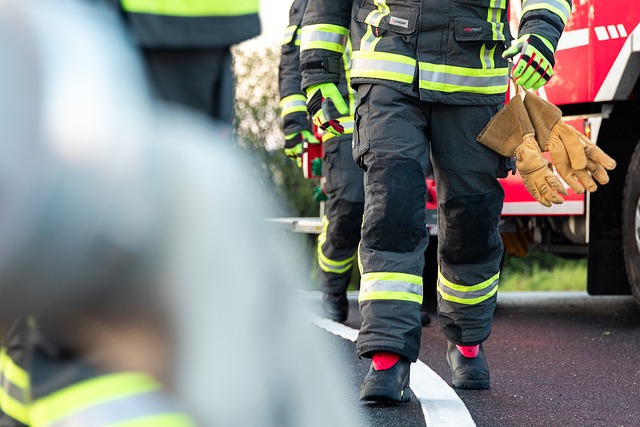Flashlights for emergency preparedness are a critical component of any home safety plan, serving as essential tools during unexpected power outages. Their role transcends mere illumination; they provide critical visibility and protection when the power grid fails. A comprehensive approach to emergency readiness includes having a variety of flashlights—from compact to high-lumen models—ensuring that there is an appropriate light source for all situations, from small tasks to large spaces. These devices should be regularly maintained with fresh batteries and intact bulbs to ensure they function when needed. Durability and reliability are key; look for flashlights with waterproof (IPX7 or higher) and shock-resistant (MIL-STD-810 compliant) features, at least 100 lumens of brightness, rechargeable high-capacity batteries, multiple lighting modes, and an SOS function to maximize battery life. LED technology is preferable for its efficiency and longevity. A user-friendly design that's intuitive under stress is also important. In the face of emergencies, a dependable flashlight not only illuminates the darkness but also supports safety, order, and preparedness, making it an indispensable asset in navigating unexpected power interruptions.
When the lights flicker and fade, leaving your home in darkness, the importance of reliable light sources during power outages becomes starkly evident. This article illuminates the critical role flashlights play in emergency preparedness planning. We’ll guide you through selecting high-quality emergency flashlights, with a focus on key features that ensure visibility and safety when the grid goes down. From comparing different types of flashlights suitable for emergency situations to establishing a strategic storage plan, our practical tips will help you navigate prolonged power outages effectively. Prepare to enhance your preparedness kit with top-tier flashlights for emergency situations.
- Understanding the Importance of Reliable Light Sources During Power Outages
- The Role of Flashlights in Emergency Preparedness Planning
- Key Features to Look for in a High-Quality Emergency Flashlight
- Comparing Different Types of Flashlights for Use in Emergencies
- How to Create and Maintain a Strategic Flashlight Storage Plan
- Practical Tips for Using Flashlights Effectively During Prolonged Power Outages
Understanding the Importance of Reliable Light Sources During Power Outages

In the event of a power outage, reliable light sources become indispensable tools for maintaining safety and functionality within one’s living environment. The sudden absence of electricity can disrupt daily activities and create hazardous conditions, making flashlights for emergency preparedness an essential component of any home preparedness kit. These devices are not merely for signaling or temporary illumination; they serve as a critical safeguard against the uncertainties that follow power interruptions. When the grid fails, flashlights ensure visibility to navigate around potential dangers and continue with necessary tasks, from moving through darkened spaces to administering first aid. The reliability of these light sources is paramount, as they operate independently of the electrical grid, often running on batteries or crank power, thus guaranteeing a consistent light output when it’s most needed. Prepared individuals understand that having an adequate supply of flashlights specifically designed for emergency preparedness can make a significant difference in managing and mitigating the challenges posed by unexpected power outages. It is their dependability and the assurance they provide during these situations that underscore their importance in every household’s safety plan. Flashlights tailored for emergencies are not just about having light; they represent a proactive measure to maintain order and security when standard electrical supplies fail.
The Role of Flashlights in Emergency Preparedness Planning

Flashlights for emergency preparedness are indispensable tools for navigating unexpected power outages or natural disasters. They provide a portable, reliable source of light that can illuminate in complete darkness, allowing individuals and families to maintain safety and security during emergencies. A well-stocked home should include a variety of flashlights, from small, keychain models for close-range tasks to more substantial units with higher lumen outputs for larger areas or longer durations. The versatility of these devices means they can be used for routine tasks like reading or inspecting mechanical issues, reinforcing their value as an investment in one’s preparedness plan. It’s crucial to ensure that flashlights are included in the emergency kit and that they are regularly checked to verify functioning batteries and undamaged bulbs; this due diligence can make a significant difference when relying on them during a crisis. Furthermore, it’s advisable to have flashlights in multiple locations throughout the home and vehicle for immediate access when needed most. Flashlights for emergency preparedness are not just about having a light source; they embody a commitment to readiness and the ability to adapt to unforeseen circumstances with resilience and foresight.
Key Features to Look for in a High-Quality Emergency Flashlight
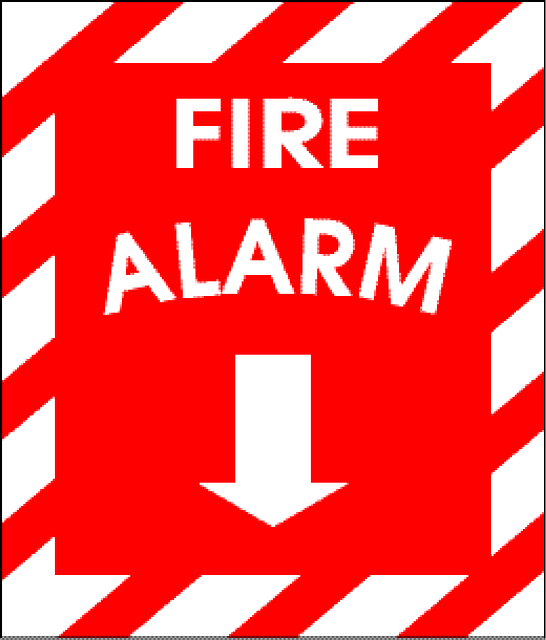
When selecting a flashlight for emergency preparedness, durability and reliability are paramount. A high-quality emergency flashlight should be built to withstand harsh conditions, including water and impact resistance. Look for flashlights that are rated IPX7 or higher for water resistance, ensuring they can operate even after being submerged in water. Impact resistance is equally crucial; a flashlight certified to military standards (MIL-STD-810) for shock resistance can endure drops and bumps without failing. Additionally, consider the brightness and beam distance of the flashlight. A lumen output of at least 100 is ideal for most situations, with some models offering up to thousands of lumens for long-range visibility. High lumen outputs are particularly useful in dark environments where distant objects or navigation through complex spaces is necessary.
Battery performance and longevity are also key features to consider when purchasing a flashlight for emergency preparedness. Opt for models with high-capacity rechargeable batteries, and those that offer multiple lighting modes, including a high, medium, and low setting, as well as an SOS or strobe function. This versatility allows you to conserve battery life during extended power outages. Further, seek out flashlights with energy-efficient LED technology, which provides a longer runtime compared to older incandescent bulbs. Lastly, consider the user interface and ease of use; a straightforward design that is intuitive to operate under stress can be a lifesaver when every second counts. Flashlights for emergency preparedness should come with a robust design, user-friendly operation, and high-performance features to ensure you are ready for any unexpected power outage or emergency situation.
Comparing Different Types of Flashlights for Use in Emergencies
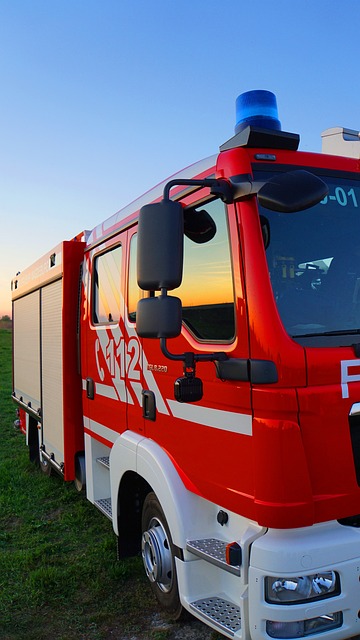
When preparing for emergencies, having reliable flashlights is a critical component of one’s safety kit. Flashlights for emergency preparedness come in various designs and technologies, each with its strengths and suitability for different scenarios. LED technology has revolutionized the market, offering bright, long-lasting illumination that can be crucial during unexpected power outages. High-intensity discharge (HID) flashlights, while less common due to their bulkiness, provide intense light that can be advantageous in situations requiring visibility over vast distances.
Battery type and lifespan are significant factors when selecting a flashlight for emergencies. Traditional alkaline batteries offer a reliable power source, but their performance can be unpredictable in extreme temperatures. Rechargeable lithium-ion batteries are a more sustainable option, allowing users to charge their devices multiple times. Additionally, some flashlights now come with built-in rechargeable batteries and USB charging capabilities, which can be particularly useful during extended power outages. Considering the wide range of flashlights for emergency preparedness available, it’s essential to assess your specific needs, such as the environment you’ll be operating in, the length of time you may need the light, and any additional features that could enhance usability during a crisis, like water resistance or shatterproof lenses. By carefully evaluating these aspects, you can select a flashlight that will serve as a dependable tool in your emergency preparedness plan.
How to Create and Maintain a Strategic Flashlight Storage Plan
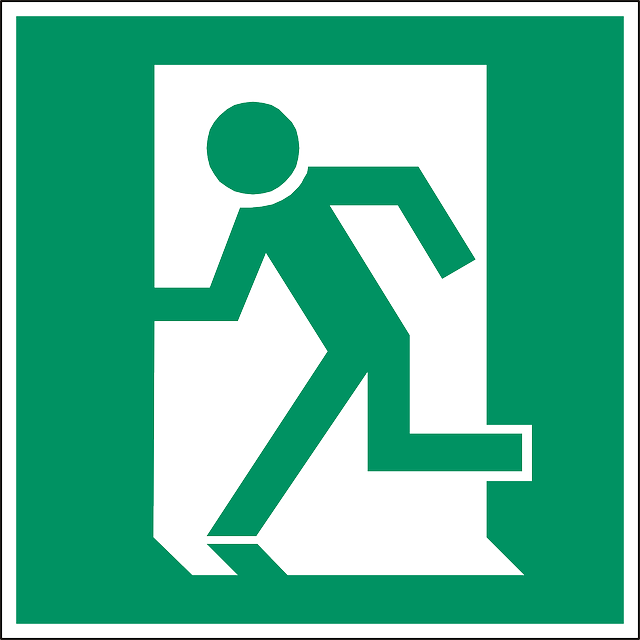
Practical Tips for Using Flashlights Effectively During Prolonged Power Outages
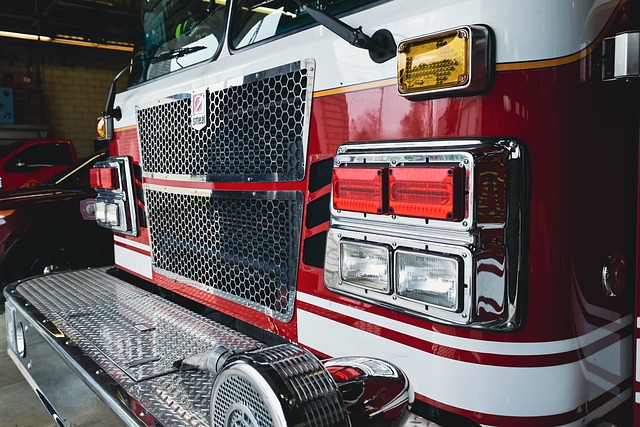
When the power fails during an emergency, reliable lighting becomes a critical tool for safety and navigation. Flashlights for emergency preparedness are designed to provide dependable illumination in such situations. To maximize their effectiveness during prolonged outages, it’s important to keep them charged or equipped with fresh batteries. Store your flashlights in accessible locations, and make sure every household member knows where they are and how to operate them. Select a model that suits your needs; some prefer a handheld design for versatility, while others opt for headlamps for hands-free operation.
Investing in high-quality flashlights with durable construction can prevent the frustration of equipment failure when you need it most. Choose a flashlight with multiple brightness settings to conserve power during low-light tasks and increase luminosity when greater visibility is required. It’s also wise to have a variety of light outputs within your flashlight arsenal, such as red or green filters, which can preserve night vision and avoid attracting unwanted attention during blackouts. Additionally, consider purchasing a weatherproof model to ensure functionality even in harsh environmental conditions. Flashlights for emergency preparedness are not just a safety measure; they are an essential tool for maintaining order and clarity during unexpected power outages.
In conclusion, the ability to navigate and maintain routine during unexpected power outages hinges significantly on the availability of reliable lighting solutions. Flashlights for emergency preparedness emerge as indispensable tools in such scenarios. By understanding their importance, selecting high-quality models with key features like durability, brightness, and battery life, individuals can effectively prepare for emergencies. Whether opting for traditional batteries, rechargeables, or solar-powered flashlights, the choice should align with one’s specific needs and stored energy resources. A well-thought-out storage plan ensures these lights are readily accessible when needed. With practical tips for their use during extended outages, one can rest assured that flashlights for emergency preparedness will provide the necessary illumination to maintain safety and continuity. Preparedness planning with flashlights as a cornerstone is not just prudent—it’s a critical safeguard against the darkness of unexpected power interruptions.
